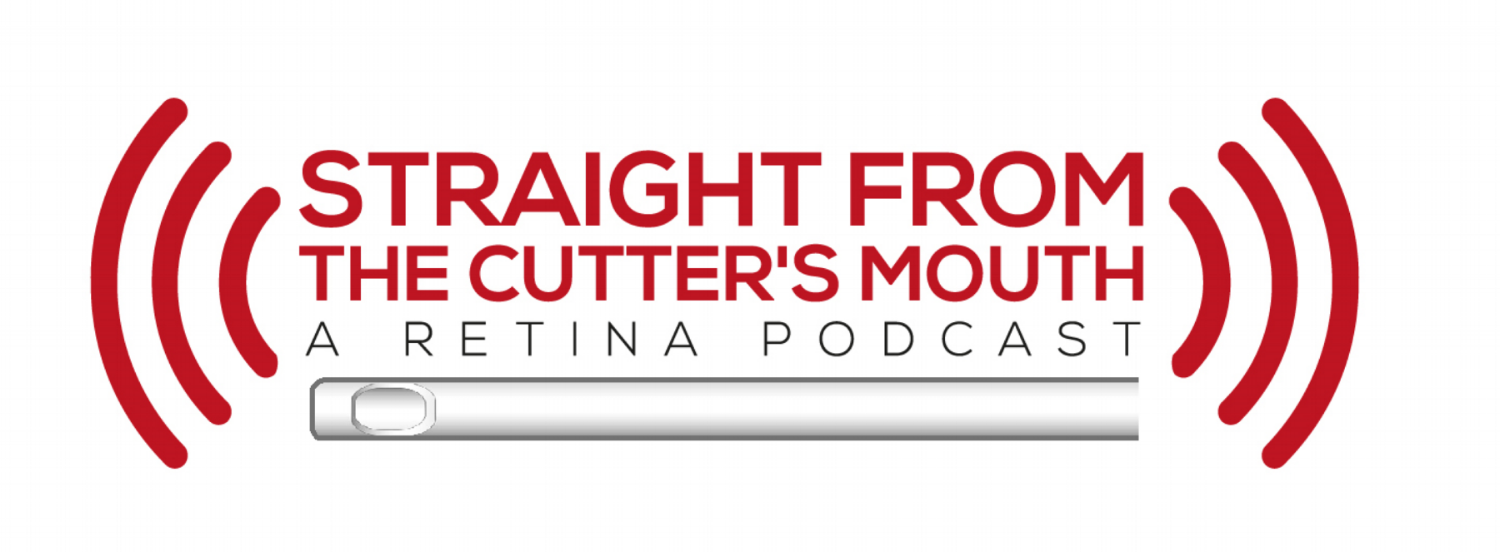Lessons from our Pupils: A Reflection [Podcast Episode 150]
For this week’s blog post related to Podcast Episode 150, we are going to do something different and look at one of the resources patients can use to find clinical trials and how to navigate it. ClinicalTrials.gov is a a database of trials conducted around the world that are privately and publicly funded that can be used to find trials for a condition or disease. Like Dr. Sridhar and Dr. Pennesi, it can be difficult for a patient to look up information due to the technical terminology used. Today we are going to talk about how to navigate through it, and what certain terms mean.
When first opening the website, the following screen is the first thing that you see:
Image Credit: https://clinicaltrials.gov/ct2/home
This is the simple search format they offer. The first thing that must be selected is the status of the study. Here you can select for studies that are recruiting participants or those that have not yet started to recruit participants (“recruiting and not yet recruiting studies”) or all studies, including those that are no longer recruiting, are suspended, terminated, completed or more. The next box to be filled out is that of the disease or condition of interest. For example, if you are looking for studies related to X-linked retinoschisis, this is where it can be specified. The third box allows you to narrow your search and include things like a drug name, the name of the investigator, or the NCT number which is the National Clinical Trial identifier given to each registered clinical trial. Finally, in the last box the search can be narrowed to a desired country.
For this post, we will be looking at clinical trials related to X-linked retinoschisis. After selecting “All studies” and specifying the condition or disease as “X-linked retinoschisis”, the search returns the following widnow:
Image Credit: https://clinicaltrials.gov/ct2/home
As can be seen, all the clinical trials available for X-linked retinoschisis appear here. Each study shows the status, title, the condition they are studying, the intervention they are using, and the location. On the left-hand side, there is a filter panel that can help narrow results. Once again, you can filter by the status of the study by selecting the options you are interested in. Next is the eligibility criteria. These are the key requirements that people who want to participate in the study must meet. Each study will have different criteria including age and sex. Following eligibility criteria, you can narrow results by study type. An interventional or clinical trial is a type of study in which the effect of an intervention or treatment is studied by assigning a participant to a group. In an observational study the participants are assessed for certain health outcomes but are not assigned to a specific intervention or treatment. The last type of study is an expanded access study, and these are ways for patients with serious diseases or conditions who can’t participate in a clinical trial to receive medical products that have not yet been approved by the FDA. You can select studies that have or do not have results, and the phase they are on. A phase 1 study is usually conducted with healthy volunteers with the goal of determining a drug’s most serious side effects and how the drug is broken down in the body and excreted. In phase 2 the focus is on whether the drug works in people with a certain condition or disease. Phase 3 aims to find more information regarding the drug’s safety and effectiveness at different dosages. The last phase is phase 4, which happens after the drug has been approved by the FDA for marketing and includes further studying the safety, efficacy, and how to best utilize this drug. Lastly, the funder type and study documents can be selected.
Once you find a trial of interest, you can learn more information by clicking on the study title. The new window will give a background information to the study and talk about what it is trying to accomplish and how, what intervention or drug they are using, and a brief section on what will be expected of the participant. It will also list the study start and end date, any inclusion and exclusion criteria that must be met in order to participate, and contact information for those interested in participating in the trial if it is still recruiting participants.
-Amy Kloosterboer


